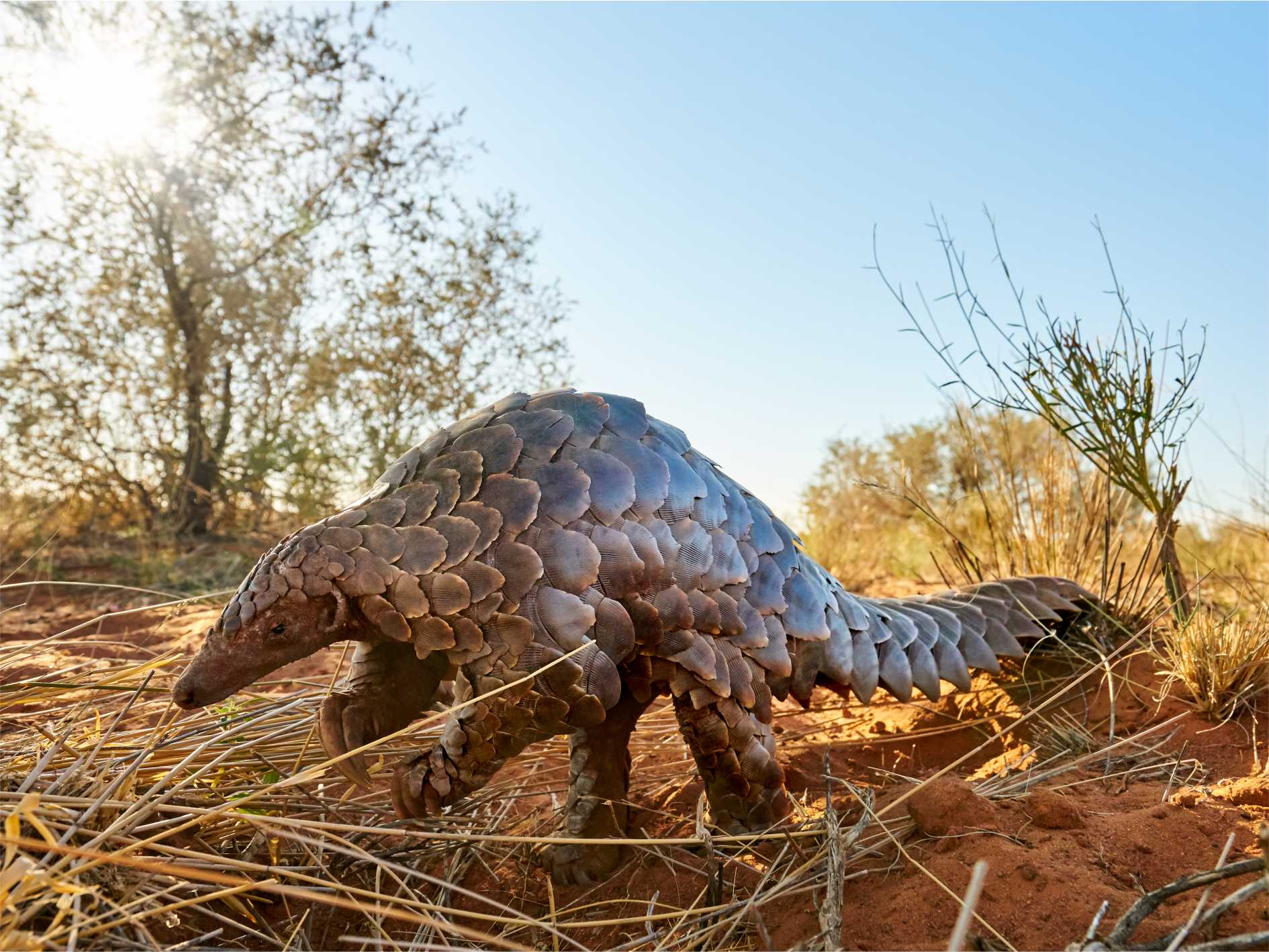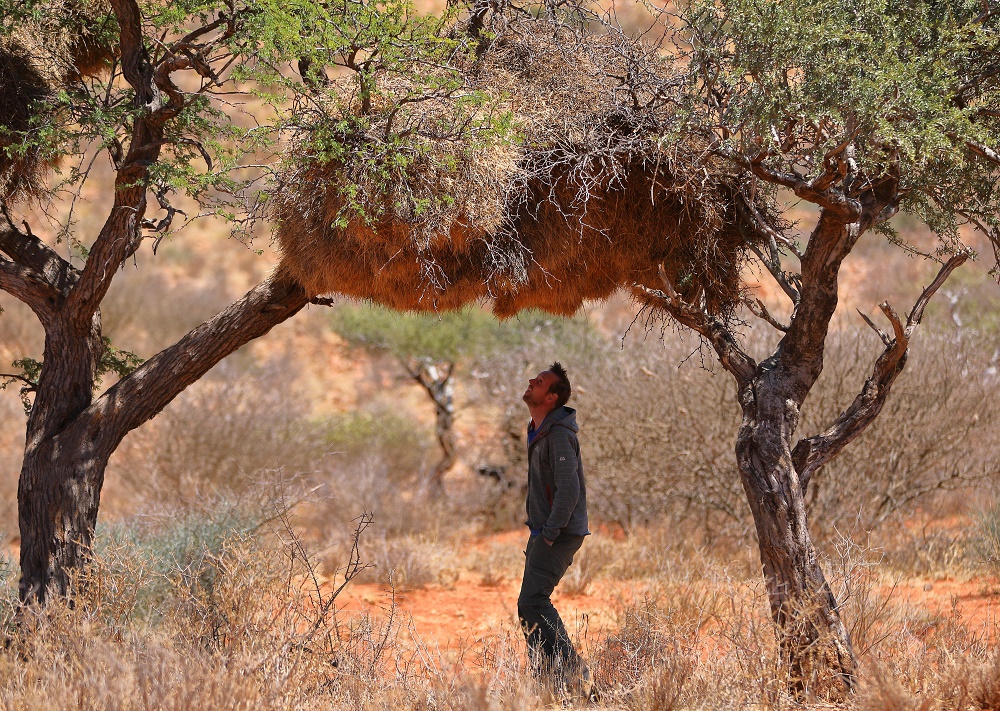KALAHARI ENDANGERED ECOSYSTEM PROJECT
Tswalu Kalahari reserve falls within what is regarded as the semi-arid savanna biome, which also extends into Botswana and Namibia. A feature of these semi-arid landscapes is the incredible range in temperatures that can be experienced within a very short space of time as well as seasonally. This, combined with low and often erratic rainfall events means that species living within this environment need to be very adaptable if they are to survive. With climate change a reality, the predictions are that the Southern African semi-arid zones are likely to experience more sporadic rainfall events coupled with gradually increasing temperatures resulting in an ever-increasing challenge for the plants and animals that inhabit these areas.

So far, very little active research has taken place within these areas to try and determine what the long-term ecological effects of climate change will be.
The KEEP (Kalahari Endangered Ecosystem Project) project has been formed to try to answer some of the pressing issues related specifically to climate change effects in the Southern Kalahari region. A key feature of KEEP is that it links a number of current as well as new research projects under one banner to collect and collate data more efficiently and effectively, particularly with regards to key species occurring on Tswalu. This data will in turn enable our conservation team to be at the cutting edge of the ecological management of Tswalu.
Among others, KEEP aims to look at pangolins, Cape cobras and boomslang, bat-eared foxes, small mammals, barn owls, and sociable weavers, to discover how these species may cope with changing temperatures and rainfall through their physiological and behavioural adaptations. Long-term vegetation monitoring and collection of weather data is also integral to the success of KEEP. An interesting addition being considered is the possible inclusion of artists in a collaboration in order to try and popularise the science behind KEEP.

